Triangle of Freedom
Triangle of Freedom
Bassel Aklouk
Born in Gaza, Palestine
Displaced in Cairo, Egypt
Bassel Aklouk has lived and worked through all of the wars in Gaza. However, during this war, all of Aklouk’s paintings were destroyed—every single one. After six months of the war, just before they closed the borders, he managed to leave for Cairo. Aklouk was left only with one thought to contemplate: What would it mean to work again after all his life’s work had vanished from the earth? For months, he could not find the will to start working again. Continuing where he left off seemed impossible—it required a creative force strong enough to carry the weight of all the work that was lost. This profound obstacle led Aklouk to turn his attention to research rather than production, which eventually led to something remarkable.
He thought about all the aspects of the war, his experiences and displacements, the complicity of most of the world powers, the news media, et cetera. What could his painting do in the face of all this? An overarching concept emerged: visual art speaks a language that does not require translation, and so can reach the whole world. Aklouk sought to write a letter to the world, just to say “We are a Palestinian community, and we have the right to live.”
His research then turned at once to formal questions, including the timelessness of visual art, from cave drawings to modern art. With limited materials due to the extremely high cost of supplies, what emerged came into the world as if it were the first painting of humanity. A series of ten paintings followed. These works possess a healing power. They utilize form for its eternal, mystical, and symbolic qualities, all with a kind of self-reflexive humility. Art, the creative act, has been said to be, since the beginning of humanity, ultimately an act of resistance—resistance against death, containing within it the struggle of a people to survive and live with dignity. As Aklouk says about Palestinians, “We are alone fighting the occupation. It is healing to know there are people fighting for us.” His work is a tribute to visual forms capable of telling this story.
